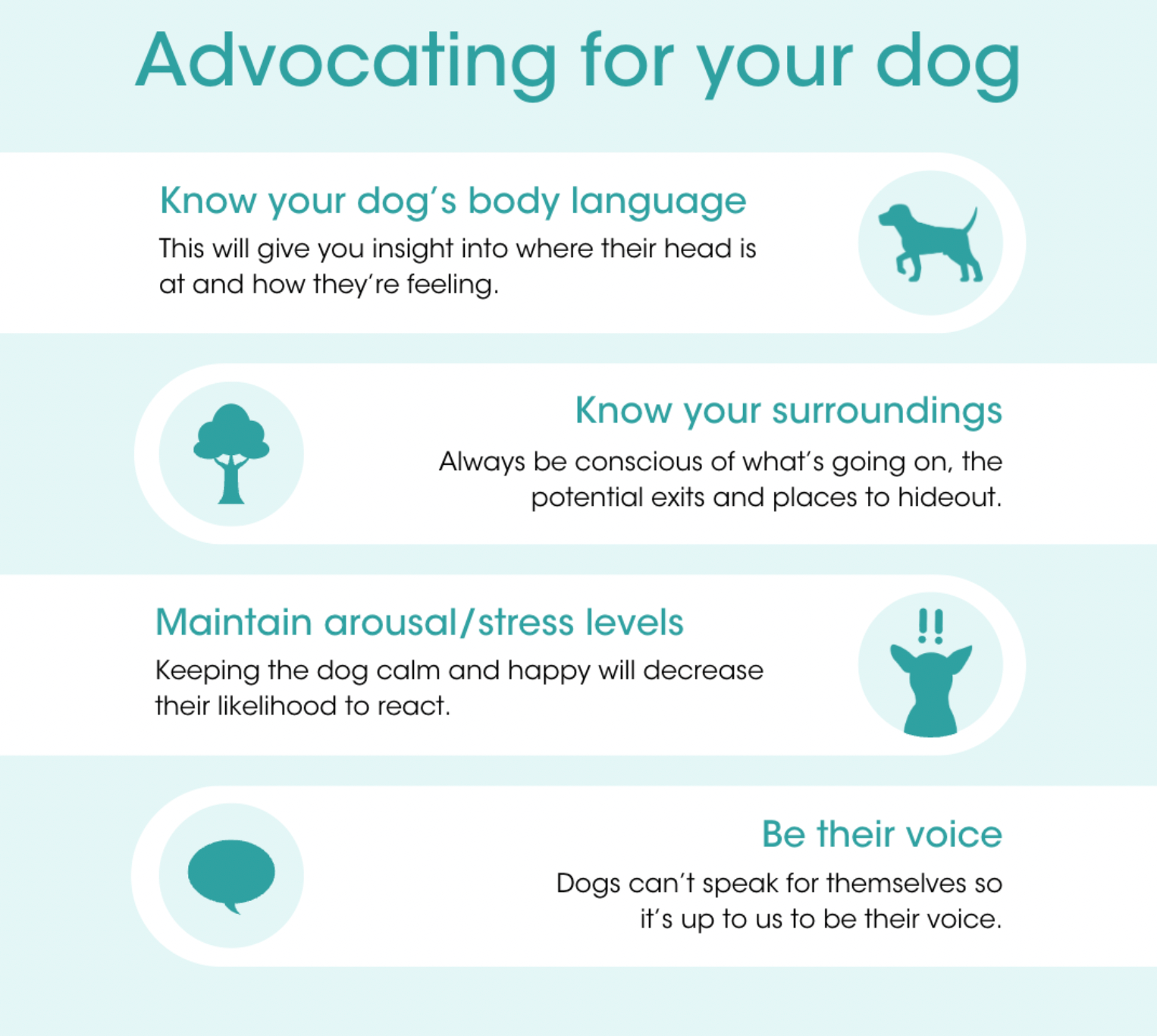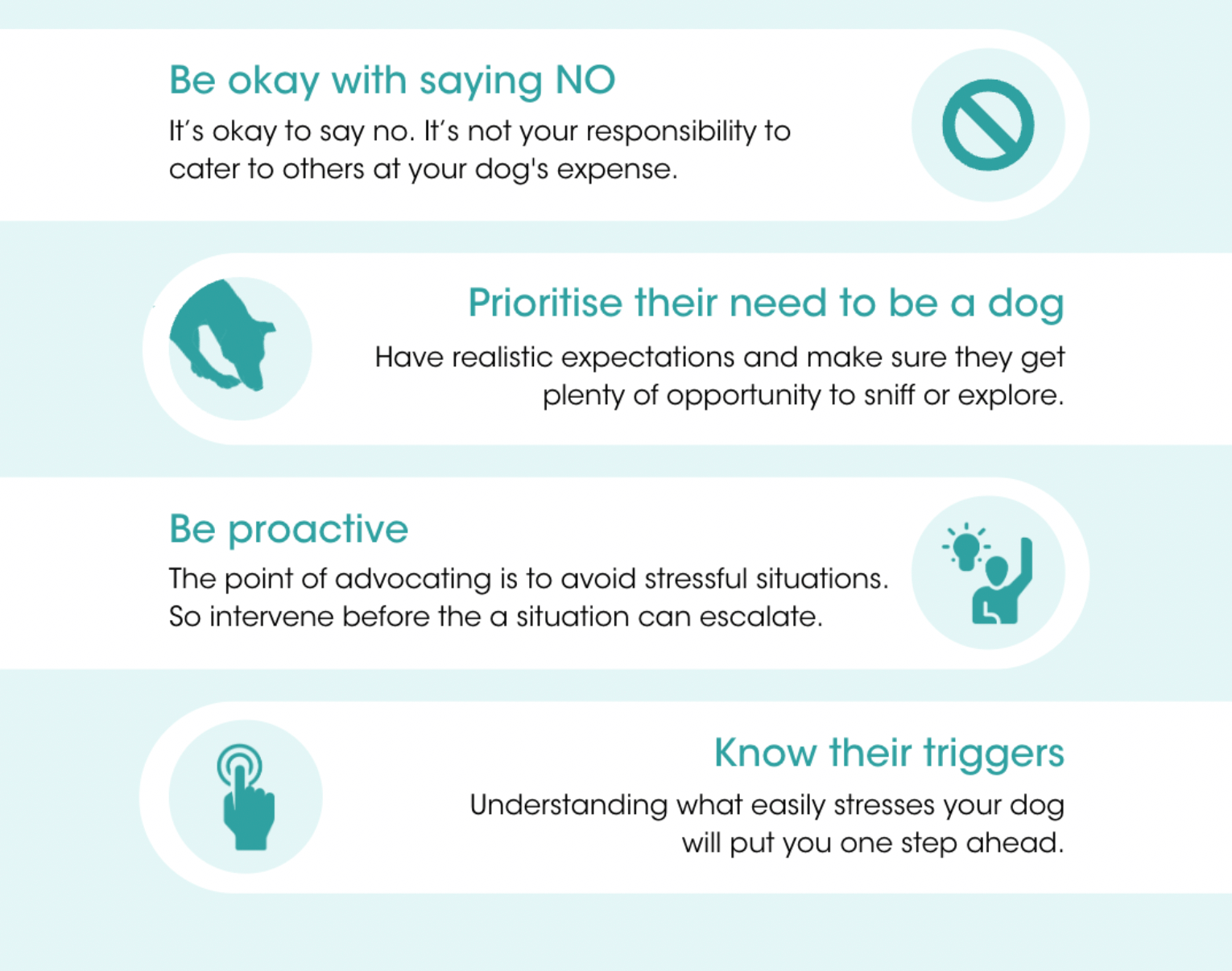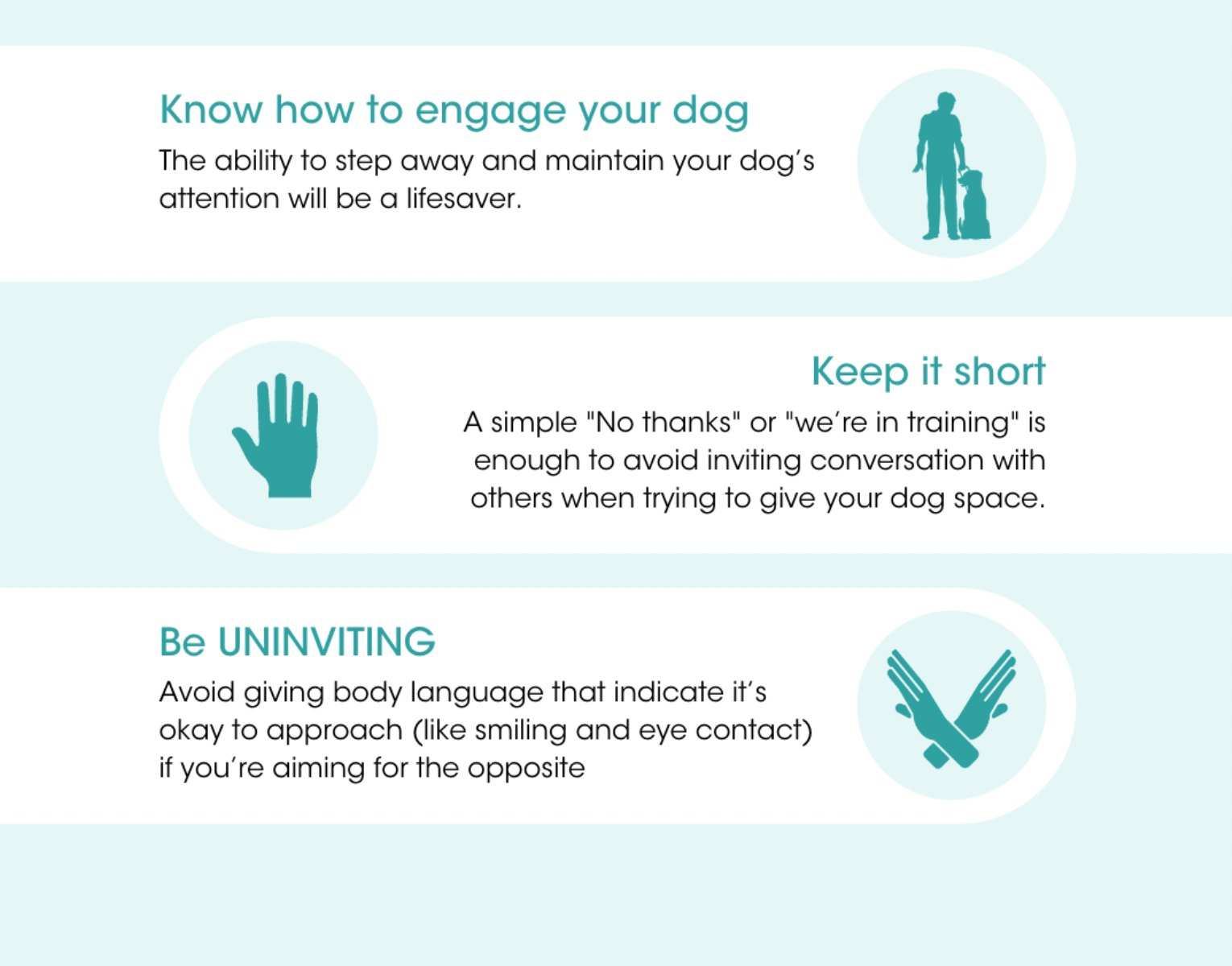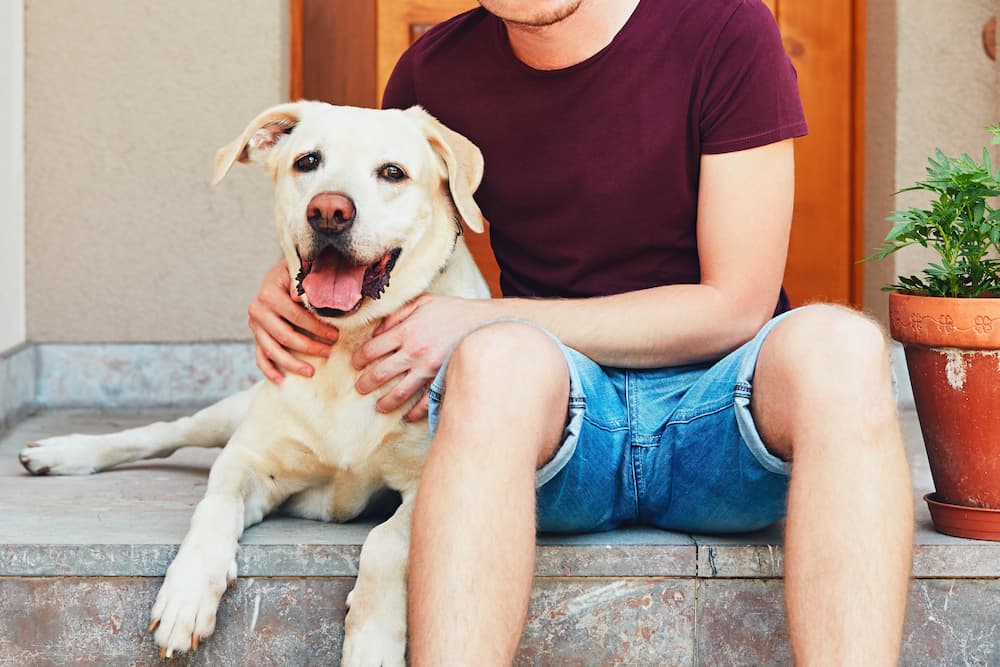You’re at home and your pet couldn’t be more loving, abiding, and calm. Take them out and it may be a different story.
This is one example of the importance of knowing your pet in every situation, and understanding their body language and triggers.
The biggest responsibility of a pet owner or carer is to be their advocate. Pets can’t speak for themselves and often people struggle to read their body language, leaving the pet’s guardian with the responsibility to speak and stand up for them to ensure they can live their happiest and safest life.
To help be the best advocate you can for your pet, evaluating characteristics like arousal levels in dogs will help give a clearer picture when it comes to knowing what to do in any given situation.
Understanding arousal levels in dogs:
Arousal levels are a dog’s level of excitement and mental control, it can completely control their behaviour, if a dog’s arousal level is too high their reasoning can go out the window. The goal is always to avoid hyper-arousal (the red zone) – this is the point at which a dog can not calm itself down and create a logical thought.
Managing a dog’s arousal level is about more than avoiding a negative reaction from them but it’s also about creating a positive experience for them. As pet guardians, it should be our top priority to make their life as stress-free and positive as possible. Arousal levels in dogs needs to be front of mind in every aspect of our pet’s lives, not just training or when out of the house. The aim is for dogs to be in the green zone as much as possible, this will enable them to get proper rest in the home, enjoy their walks and cope with the everyday human lifestyle.
A big component that affects arousal levels is our mood, body language and interactions with the dog. Dogs often appear to mimic our mood, this is because they can sense our mood through body language and even scent. This is not the dog mirroring us, this is them trusting our tone so if they sense you are stressed they will be on high alert and vice versa if they sense you are relaxed they are more likely to be relaxed.
This is why it is so important to manage our mood and body language in stressful situations so as not to aggravate the dog’s stress levels in an unideal circumstance. A great example of this is setting the tone for a walk, if you over-excite the dog whilst getting ready for a walk it will start the walk over-stimulated or in the yellow to orange arousal zone and this means the next trigger on the walk good or bad can send them into hyper-arousal.
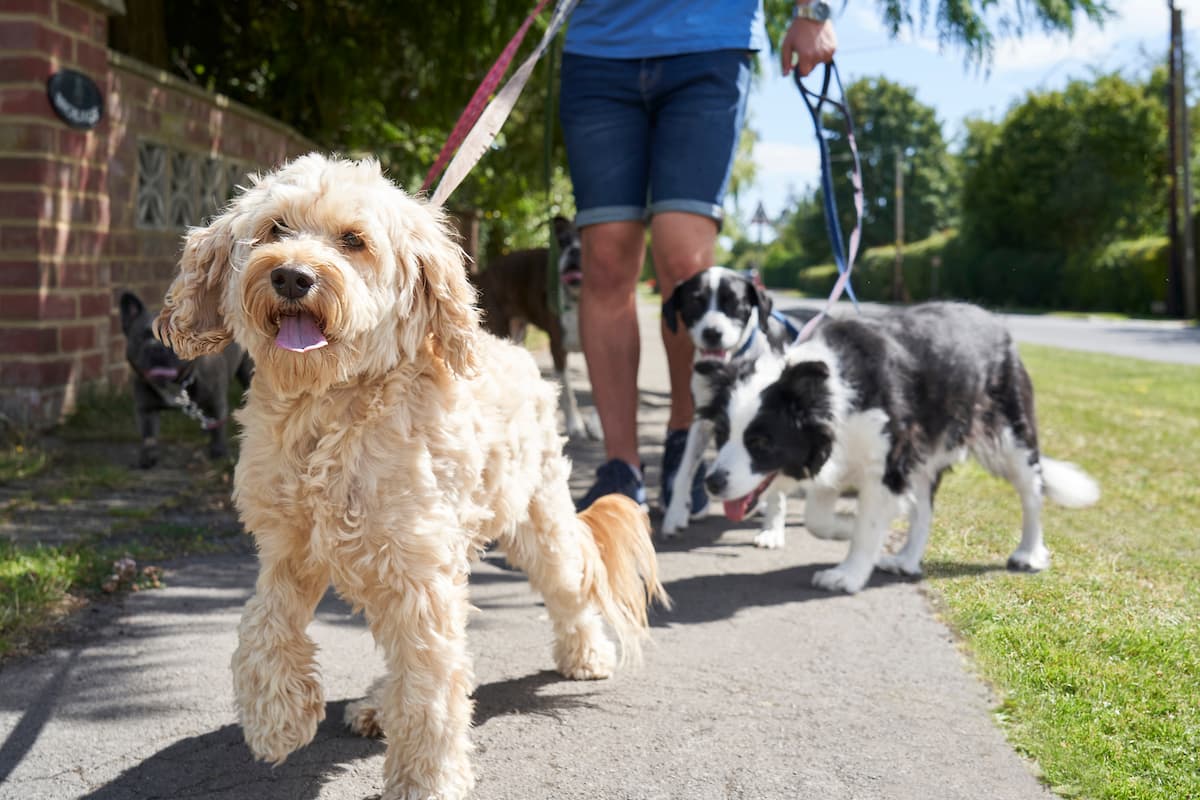 Maintaining arousal levels in dogs throughout the day looks different for every dog, it starts with the basics of making sure they’re fed, have water, and get adequate mental and physical stimulation and then it gets more specific to their daily routine. Making sure the basic needs are met creates a great base level to work on for the rest of the day. To be proactive, start by looking at the day ahead and consider the potential or unavoidable triggers for the dog, as simple as vacuuming the house or that it’s bin pick-up day. Then put an action plan into place, occupying them with enrichment or other comforting activities to keep them calm and happy whilst the trigger is occurring. This might take a few goes for them to learn so it helps to work on the proactive behaviour before you need it!
Maintaining arousal levels in dogs throughout the day looks different for every dog, it starts with the basics of making sure they’re fed, have water, and get adequate mental and physical stimulation and then it gets more specific to their daily routine. Making sure the basic needs are met creates a great base level to work on for the rest of the day. To be proactive, start by looking at the day ahead and consider the potential or unavoidable triggers for the dog, as simple as vacuuming the house or that it’s bin pick-up day. Then put an action plan into place, occupying them with enrichment or other comforting activities to keep them calm and happy whilst the trigger is occurring. This might take a few goes for them to learn so it helps to work on the proactive behaviour before you need it!
Managing arousal levels is the best plan of action, however, it’s unrealistic to expect nothing will go wrong so to be able to bring arousal levels down explore what decompression activities work for that pet and keep them handy. Sometimes it might mean not going for a walk and just staying home to play to avoid external factors escalating the situation or it may mean going for a sniff walk for decompression it is purely dependant on the dog and their habits.
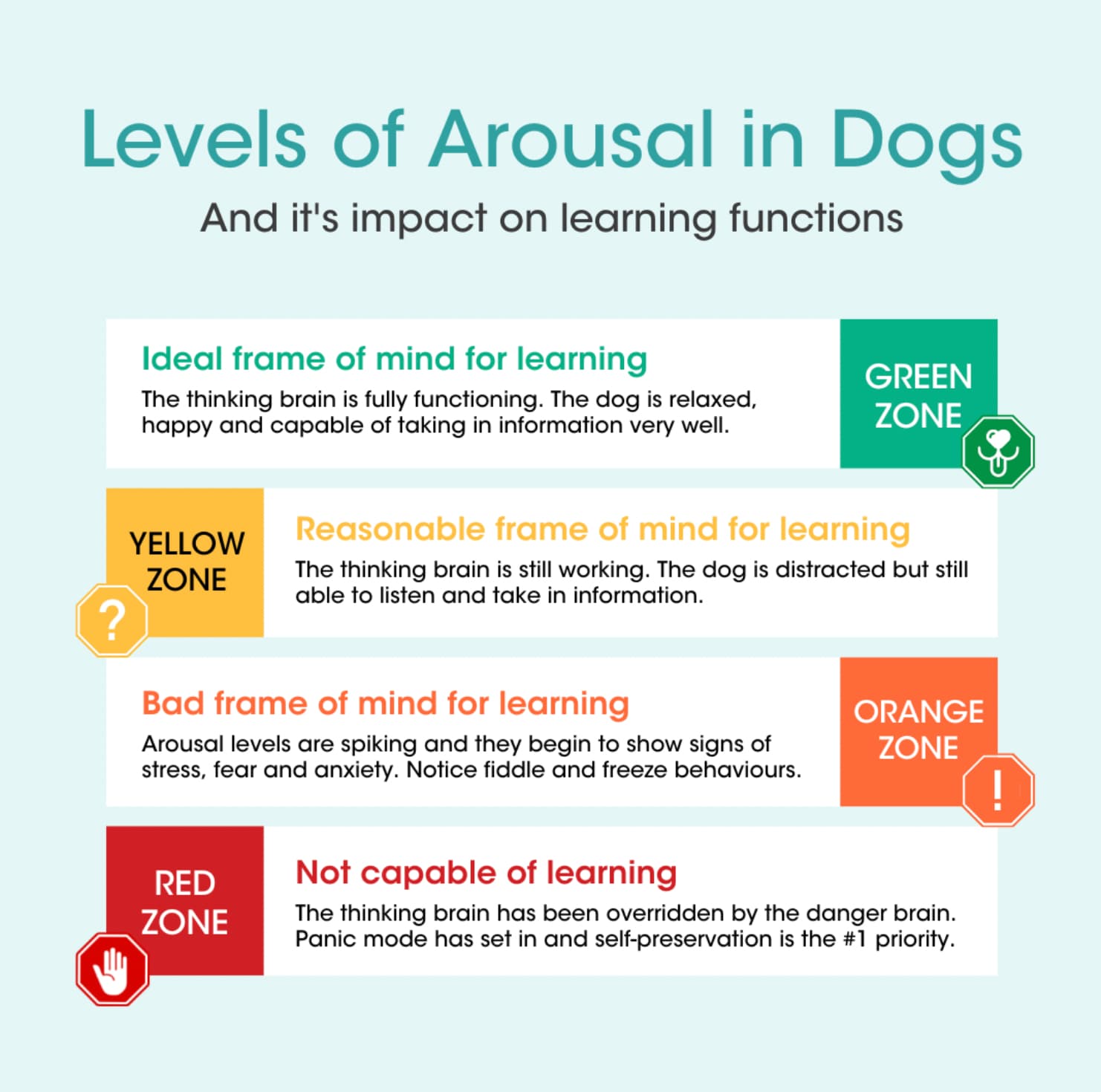 Advocating for your dog
Advocating for your dog
The biggest responsibility of a pet owner or carer is to be their advocate. Dogs can’t speak for themselves and often people struggle to read their body language, this leaves their pet guardian with the responsibility to speak and stand up for them to ensure they can live their happiest and safest life.
Often this can seem confronting, asking strangers in public not to approach or having to say no to that excited little kid who wants to play but it’s crucial to our pet’s wellbeing. The key to being able to advocate properly is knowing the pet well, knowing their regular routine, what they don’t like, their subtle body language cues and much more. A proactive approach to avoid negative experiences is going to be extremely beneficial for the pet short and long term.
This goes for all pets not just dogs, nowadays people walk all kinds of pets, and everyone has to go to the vet once in a while so getting comfortable speaking up for any pet in your care is important.
Advocating for your dog or pet means putting their needs first, there is no obligation to put them in a situation for the benefit of someone else. This means you do not have to stop on a walk to let people pet them, let other dogs approach or allow anything to happen that might trigger, upset or overstimulate the dog.
The top tips for advocating above detail the easiest ways to ensure you can safely and proactively advocate for them, gaining the confidence to speak up can be difficult so proactivity helps avoid confrontation for you and the dog.
